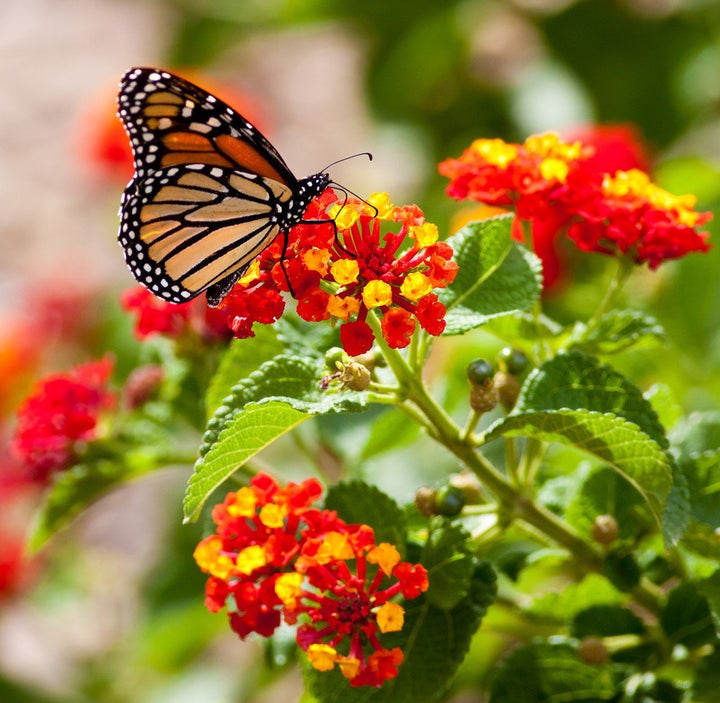
We've learned from recent media reports that the monarch butterfly is on a "big rebound." That is certainly cause for celebration, as it proves that conservation efforts are making a difference.
And yet, we can't wipe our hands clean and consider the job done. The work has only just begun.
The iconic North American monarch butterfly is a sensitive species greatly affected by extreme weather events, and it's gone through drastic dips and spikes in numbers over the past several decades. The general trajectory continues to point downward, with a 95-percent population decline over the last 20 years.
No single good year can bring the butterfly back from the brink. But there is an important lesson to be learned here: Conservation is helping.
Why reserves are not the answer
The boost to the overwintering population in Mexico wasn't a fluke. It was the result of conservation efforts designed to help the butterflies -- in this case, a reserve Mexico created for their protection. Similar efforts are underway in the United States, where Xerces Society and dozens of other conservation groups are working to protect vital habitat for the monarch.
Unfortunately, the monarch's range in the U.S. is too vast and extends across too many states to make a reserve a reality for the rest of the species' habitat needs. So new conservation solutions are emerging that tap into private lands to create a patchwork of sorts that, combined, would protect enough habitat to allow the monarch a safe migration north to Canada.
My colleagues at Environmental Defense Fund are working to bring one such solution to market, called the Monarch Butterfly Habitat Exchange. It works to provide incentives for farmers to restore and protect vital milkweed habitat on their property - allowing them to earn revenue from planting milkweed as they would for a crop.
Enter: The Airbnb for wildlife
Just as Airbnb allows homeowners to get paid for opening a spare bedroom to travelers, the Monarch Butterfly Habitat Exchange will allow landowners to get paid for opening marginal land to butterflies.
The revenue will be supplied by concerned companies, foundations or individuals looking to improve habitat conditions for the monarch, avoid an Endangered Species Act listing, and put the monarch on a more permanent path to recovery.
The monarch is just one among hundreds of species at risk of being listed under the ESA, due to unprecedented threats from human development and climate change.
Just last week, the Center for Biological Diversity and the Center for Food Safety jointly filed a lawsuit calling on the U.S. Fish and Wildlife Service to take steps to protect monarch butterflies from extinction, which they originally petitioned to designate as a threatened species in August 2014.
There simply aren't enough national parks and wildlife refuges in the U.S. to house all of the species up for listing. We need solutions such as the Monarch Butterfly Habitat Exchange that bring the sharing economy to conservation, tapping into the vast stewardship potential of America's private lands.
This article originally appeared on the EDF Voices blog and is reprinted with permission.
